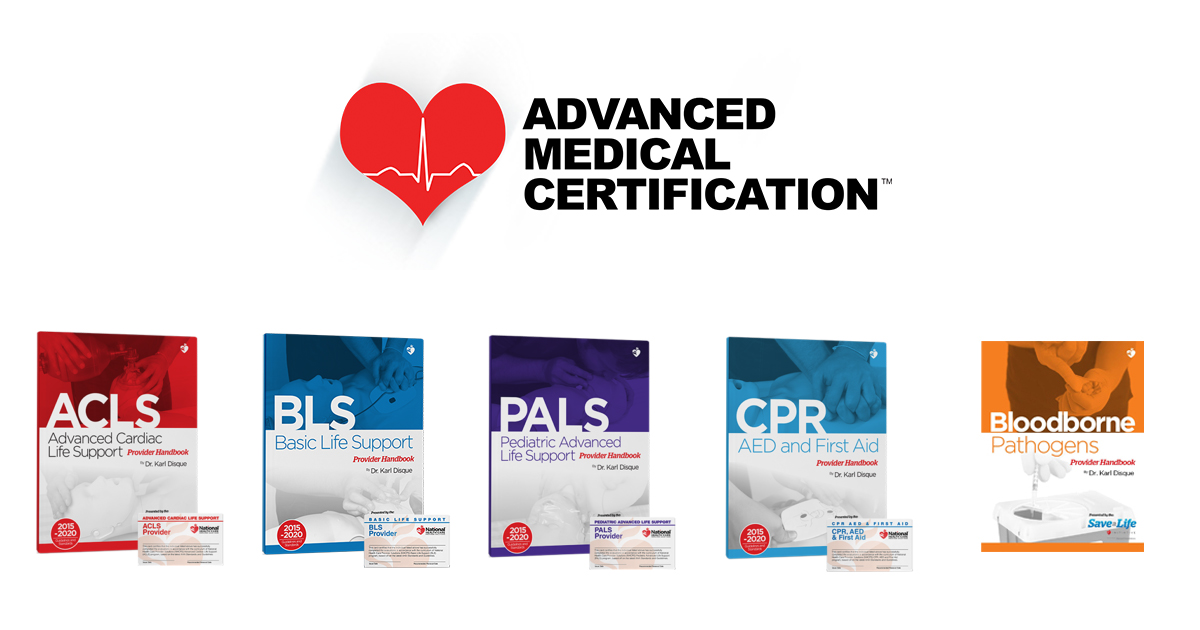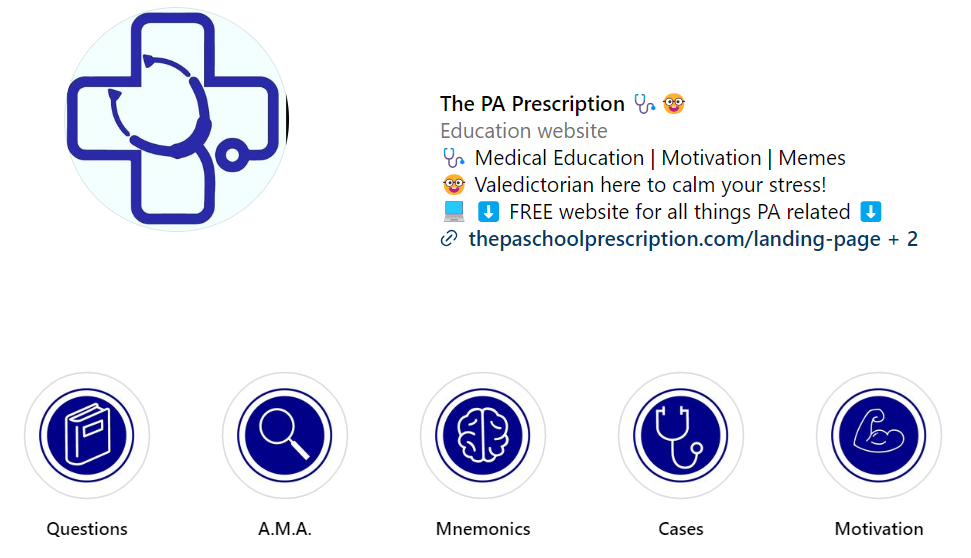
Thank you for subscribing to The PA Rx Newsletter!
Today in 10 minutes or less:
- Is AI taking over medicine already?
- Decrease the chance of Alzheimer’s with superfoods
- …the patients in room 6 are blue
Is AI taking over medicine already?
I don’t know about you, but a lot of the radiology reports I have been reading lately have a disclaimer about using a technology called Gleamer AI. So I did some research and it turns out we might be living in the future already…
Gleamer stands at the forefront of revolutionizing medical imaging with a steadfast dedication to shaping the future of healthcare through its comprehensive AI copilot. The company’s vision encompasses a future where precision medicine is the standard, ensuring that optimal care is universally accessible. At the heart of Gleamer’s innovative solutions is BoneView, a clinical AI application that has emerged as a global benchmark for interpreting bone trauma X-rays. Its recognition for scientific excellence, exemplified by the prestigious 2022 Alexander Margulis Award, highlights Gleamer’s unwavering commitment to maintaining the highest standards of scientific rigor.
Complementing BoneView, Gleamer offers BoneMetrics, an application designed to automate musculoskeletal measurements with unparalleled precision on X-ray and EOS acquisitions, streamlining healthcare workflows. Additionally, ChestView AI, a collaborative effort with AP-HP, significantly enhances the detection of urgent findings in chest X-rays, such as pneumothorax, pleural effusion, and consolidation, along with early indicators of cancer. This innovative solution, grounded in a robust database cross-referenced with CT scans, has gained widespread adoption in healthcare facilities globally, reflecting Gleamer’s impact in advancing medical imaging for improved patient care.
See if you can spot the abnormality on the X-ray on their website with and without Gleamer!
Can eating certain foods decrease chances of Alzheimers
A study conducted by a faculty member of the Virginia Tech Carilion School of Medicine reveals that individuals with Alzheimer’s disease have significantly lower levels of dietary antioxidants, including lutein, zeaxanthin, lycopene, and vitamin E, in their brains compared to normal brains. The study emphasizes the importance of carotenoids, powerful antioxidants found in colorful plants, such as lutein in kale and spinach and zeaxanthin in corn and orange peppers. Higher dietary levels of lutein and zeaxanthin have been linked to better cognitive functions and a lower risk of dementia or Alzheimer’s disease.
The research highlights the correlation between carotenoid deficiencies in the brain and Alzheimer’s neuropathology. The study demonstrates that brains with Alzheimer’s pathology exhibit significantly lower levels of lutein, zeaxanthin, lycopene, and tocopherols, suggesting a potential link between carotenoid intake and cognitive decline. The findings support the idea that a diet rich in carotenoids may slow cognitive decline, providing insight into potential preventive measures for Alzheimer’s disease. Additionally, the research suggests that measuring macular pigment optical density in the retina can estimate the concentration of lutein and zeaxanthin in the brain, offering a noninvasive method for assessing brain health.
Just a little motivation for ya
…and the couple from the MVC in room 6 is blue
The above gif sums up what it’s like working in medicine during flu season lol
Anyway, it was another afternoon on roller skates in the urgent care clinic when my medical scribe told me about a couple in room 6 that was involved in a motor vehicle accident.
“Both patients were in their 60s, the accident occurred 2 weeks ago and they went to the hospital and got a bunch of imaging and it was all negative. They are here today due to the persistence of symptoms. Oh, and they are also…” – my scribe said.
“Interesting, let’s go check it out.” – as I cut my scribe off, glance over the chart and begin walking toward the room
As I walked into the room, I saw two patients who looked like this:
I immediately panicked.
“Get the crash cart” – I screamed as I put the pulse ox on the wife’s finger.
“Call an ambulance” – I yelled to the front desk as I went to start a physical exam and questioning.
The patients and medical scribe who are in there began to chuckle.
All patients vital signs were perfect.
“We’re fine. We’re fine, we just have colloidal silver toxicity. We have had this for years.” (something that was conveniently left out of the patient’s medical history lol)
Me:
I don’t know about you, but I didn’t learn about colloidal silver toxicity in school. After a little adrenaline rush, and a full head-to-toe physical exam of the couple, I discharged them home with some medications with a swift orthopedic follow-up.
Teaching point:
Argyria is a rare condition where the skin turns blue-gray due to the deposition of silver or silver compounds in the body tissues. It is often caused by prolonged exposure to or ingestion of silver, historically from medical treatments and, more recently, from the use of colloidal silver. While argyria is generally considered harmless, the skin discoloration is permanent and does not fade.
That’s all for today.
For more newsletters and case challenges click here
Preparing for a job interview? Click here for our FREE job interview checklist
Want more question practice? Click here for our affordable 225 question exam with detailed explanations
Thanks for reading,












